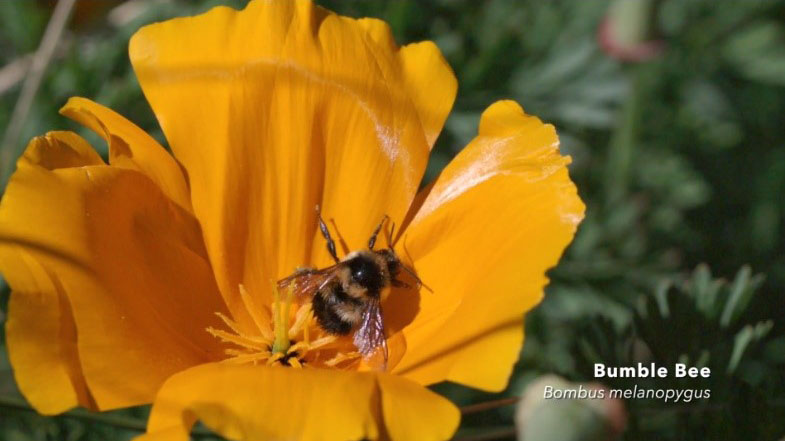Final flight for Operation Migration
<p> </p>
<p>Operation Migration has successfully completed another 1,200-mile journey with six young whooping cranes, but after 15 years, this will be the last aircraft-led migration with the imperiled species. The U.S. Fish and Wildlife Service has announced it will no longer support the effort because the cranes have not successfully raised chicks in the wild.</p>
<p>Southern Company has supported Operation Migration through its partnership with the National Fish and Wildlife Foundation and the Power of Flight program.</p>
<p>"Southern Company has been proud to welcome the whooping cranes to our territory as they make their way to Florida each winter," said Brian Yablonski, Gulf Power director of external affairs. "As a sponsor of Operation Migration for the past eight years, we recognize the perseverance and dedication of those involved as they inspired many followers across the world and salute the good they have done for this species."</p>
<p>During the 1940s, only 15 whooping cranes survived worldwide, due to overhunting and the destruction of their natural habitat. Since 2001, Operation Migration has played a lead role in reintroducing the birds into eastern North America, with nearly 500 surviving today in wild populations and captive breeding centers.</p>
<p>While the program has been successful in teaching young whooping cranes to migrate, the offspring of those birds have not survived at a sustainable rate.</p>
<p>"You can only judge the success of a wildlife reintroduction by fecundity, or the ability for the population to produce young and grow to a self-sustaining level," wrote Joe Duff, chief executive of Operation Migration on its <a href="http://operationmigration.org/InTheField/" target="_blank" adhocenable="false">blog</a>. "Of the 240-plus birds released into the Eastern Migratory Population (EMP), only 10 chicks have survived to fledge. We have taken pride in the fact that all of those successes have been the result of ultralight pairs, but it's a long way from sustainability.</p>
<p>"It is sad to see the end of aircraft-led migration," Duff continued. "There are no words to express our gratitude to all of those who supported Operation Migration over the last 15 years. We have a hundred birds in the EMP that would not be there without your efforts and support. They survive, they migrate, they pair and they are wild. Now we need to teach them to be good parents."</p>
<p>The 2015 migration spanned 115 days across seven states before reaching the wintering grounds at the St. Marks National Wildlife Refuge in northwest Florida on Feb. 6.</p>
<p>The plight of the whooping crane will be the topic of an upcoming documentary produced by Red Sky Productions, the same production team that made the "Secrets of the Longleaf Pine" documentary last year. <a href="https://youtu.be/gnjll6lJy9k" target="_blank" adhocenable="false">Watch a trailer for "Journey of the Whooping Crane"</a>.</p>
<p> </p>

